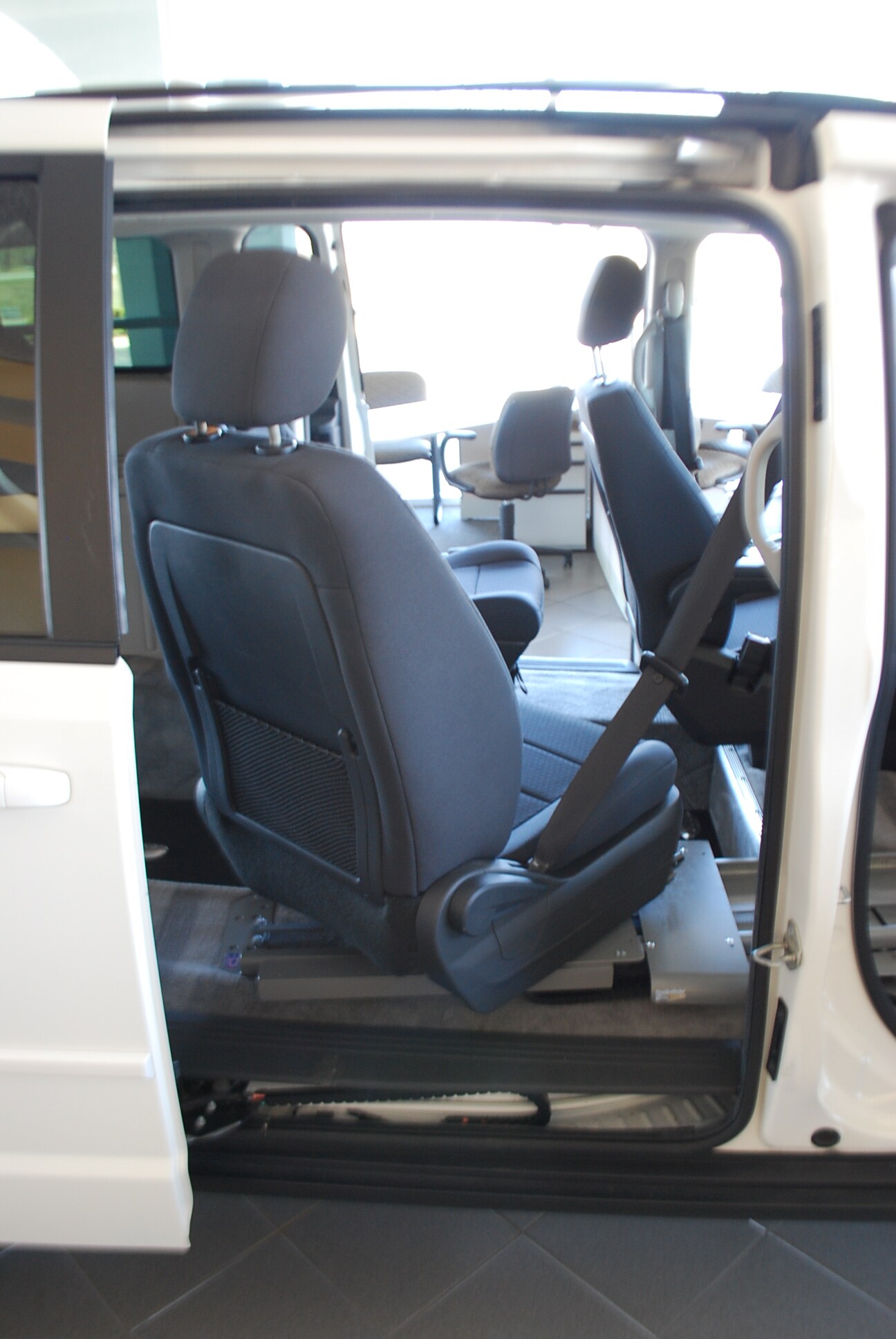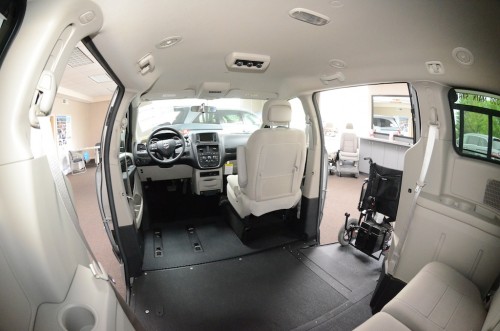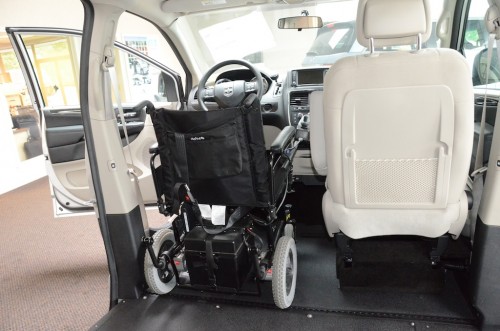The Advantages of a Rear Entry Van Over a Side Entry Model
Rear Entry Wheelchair Vans
One of the biggest decisions that any van conversion customer will make is whether to place the vehicle’s ramp in the rear or on the side of the vehicle. This decision has some pretty big implications, including how easy it is to maneuver inside the cabin, overall cost and consideration for additional passengers. When choosing between these two popular options for handicap accessible vans, consumers should keep in mind the unique and distinct benefits of choosing a rear entry van over one of our side-access models.
Greater Accessibility and Ease of Use
The benefits that come from a rear entry van are pretty big when it comes to both usability and accessibility. First and foremost, accessing the van from the rear actually allows for a wider ramp and a wider opening for access to the van, which is perfect for bulkier power chair models. In addition, rear access means that the actual access ramp itself can be longer, allowing an easier climb into the vehicle. And, because no side clearance is required, customers can park anywhere–even outside of the typical handicap parking space–without encountering maneuverability or space issues.
New and Used Handicap Vans with Rear Entry:
Less Conversion, Lower Cost
A rear entry van actually requires a less complex conversion process and is therefore much more affordable for customers to purchase. Unlike a side conversion, the process of installing a longer access ramp in the rear of the vehicle is relatively simple and straightforward, and the greater amount of space in the rear of the vehicle allows for a quicker and simpler conversion process overall. It’s the kind of common-sense conversion process that saves customers money up-front, and ample amounts of time every time they use the vehicle on their own. It also means that the vehicle itself is closer to the original look and feel of its non-converted counterpart, which is a nice touch.
Increased Clearance with a Rear Entry Van
While side-entry used handicap vans only grant about three or four inches of ground clearance, purchasing a rear entry van conversion actually gives the vehicle seven to eight inches of clearance. That promotes enhanced usability and the vehicle’s long-lasting integrity, which is key when buying a conversion in the first place. Making sure that the conversion is usable, and the vehicle is optimally designed, are the two most important things to consider when choosing a conversion overall.
Call us at 508-697-6006 with your rear entry wheelchair van questions







